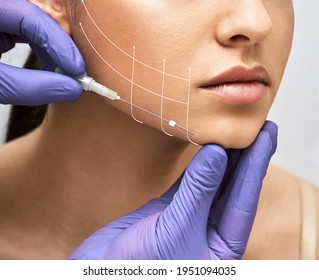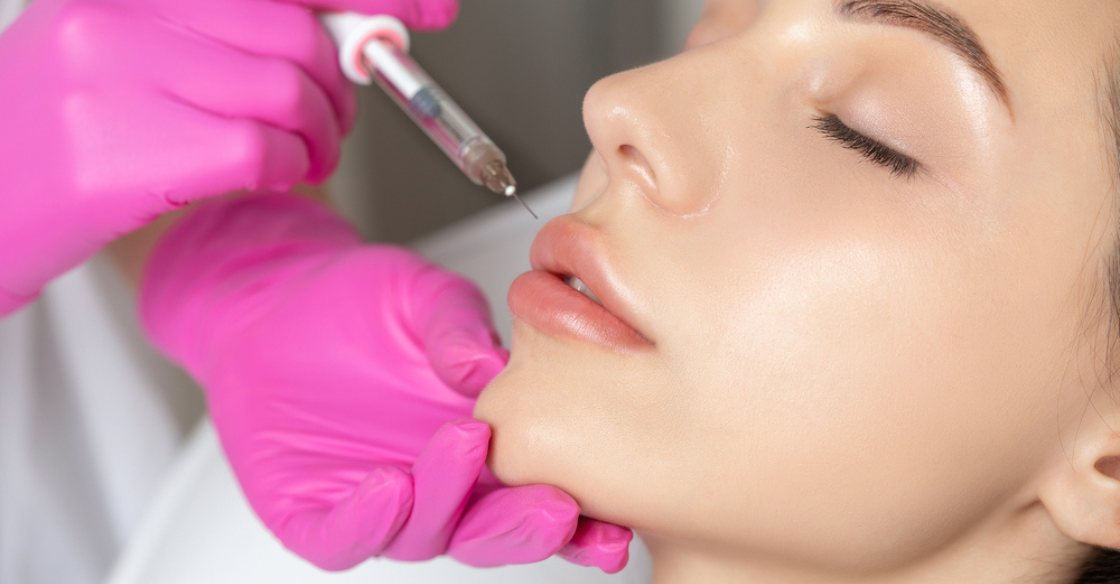Varicose veins are a common condition characterized by swollen, twisted veins that are visible just beneath the skin’s surface. Typically occurring in the legs, these veins can be both a cosmetic concern and a source of physical discomfort. Many individuals with varicose veins wonder if their presence could be indicative of a more serious condition, such as cancer. This article explores whether varicose veins are linked to cancer, identifies the symptoms associated with this vein disorder, and outlines when to seek medical advice.
Understanding Varicose Veins
Varicose veins occur when the valves within the veins become weakened or damaged. These valves are crucial for ensuring that blood flows in one direction—from the legs back to the heart. When they fail to function properly, blood can pool in the veins, causing them to become enlarged and visible. Factors such as genetics, age, hormonal changes, and prolonged standing can contribute to the development of varicose veins. While varicose veins themselves are rarely a sign of a serious health issue, they can sometimes indicate other underlying conditions, such as chronic venous insufficiency. This condition affects the ability of veins to return blood to the heart efficiently, leading to symptoms like pain, swelling, and heaviness in the legs.
Varicose Veins and Cancer: The Connection
It is natural to be concerned about the possibility of cancer when experiencing unusual health symptoms. However, there is no direct evidence to suggest that varicose veins themselves are an indication of cancer. Varicose veins are primarily a vascular issue rather than an oncological one. Nonetheless, certain symptoms associated with varicose veins can overlap with those of more serious conditions, including cancer. For example, chronic pain or changes in the appearance of veins could be distressing and might warrant further investigation. In rare cases, secondary conditions related to varicose veins could potentially mimic symptoms that are also seen in cancer.
Identifying Symptoms of Varicose Veins
While varicose veins are not typically a sign of cancer, it is important to recognize their symptoms and monitor any changes in your condition. Common symptoms of varicose veins include:
Visible, Bulging Veins:
Varicose veins often appear as swollen, twisted veins that are clearly visible through the skin.
Pain or Discomfort:
Affected veins may cause aching, throbbing, or a heavy feeling in the legs.
Swelling:
The legs and ankles may become swollen, particularly after standing or sitting for long periods.
Skin Changes:
Discoloration, dry skin, or ulcers near the affected veins can occur in more severe cases.
Itching or Burning Sensations:
Some people experience itching or a burning sensation around the veins.
When to Seek Medical Advice
While varicose veins are not typically associated with cancer, it is crucial to seek medical advice if you experience any of the following:
Rapid Changes in Vein Appearance:
If the veins change rapidly in size, color, or texture, it may be worth consulting a healthcare professional.
Severe Pain or Discomfort:
Persistent pain, swelling, or discomfort that does not improve with standard treatment should be evaluated.
Non-Healing Ulcers or Skin Changes:
Ulcers or skin changes around the veins that do not heal can be a sign of complications that need medical attention.
Unexplained Weight Loss or Fatigue:
Symptoms such as unexplained weight loss or severe fatigue, while not directly related to varicose veins, should be investigated to rule out other health issues.
Family History of Cancer:
If you have a family history of cancer and notice unusual symptoms, it is important to discuss these concerns with your healthcare provider.
Diagnostic Procedures and Treatments
If you seek medical advice for Varicose Veins And Cancer Symptoms, your doctor may perform a physical examination and may recommend additional diagnostic procedures to assess the condition of your veins. Common diagnostic methods include:
Ultrasound:
A non-invasive test that uses sound waves to create images of the veins, helping to evaluate blood flow and detect any abnormalities.
Venography:
An imaging test that involves injecting a contrast dye into the veins to obtain detailed X-ray images. Treatment options for varicose veins vary depending on the severity of the condition and can include:
Lifestyle Changes:
Regular exercise, elevating the legs, and wearing compression stockings can help manage symptoms.
Medications:
Pain relievers and anti-inflammatory medications can alleviate discomfort.
Minimally Invasive Procedures:
Techniques such as sclerotherapy, laser therapy, or radiofrequency ablation can help close or remove problematic veins.
Surgical Options:
In more severe cases, surgical interventions like vein stripping or ligation may be necessary.
In Summary
Varicose veins are a common condition that primarily affects the veins in the legs and are usually not indicative of cancer. While they can cause discomfort and cosmetic concerns, they are generally related to vascular issues rather than oncological ones. However, any significant changes in symptoms or the presence of additional concerning signs should prompt a visit to a healthcare provider. Early diagnosis and appropriate treatment can help manage varicose veins effectively and ensure overall health and well-being. If you have any concerns about your symptoms or their potential link to more serious conditions, always consult with a healthcare professional to receive a thorough evaluation and personalized advice.


